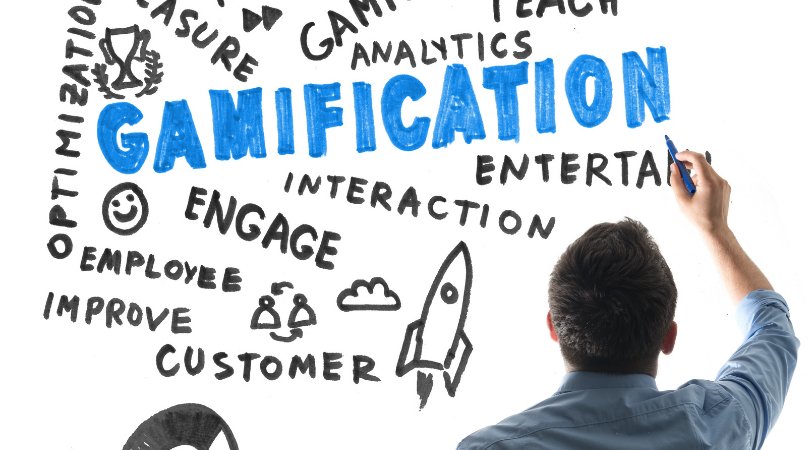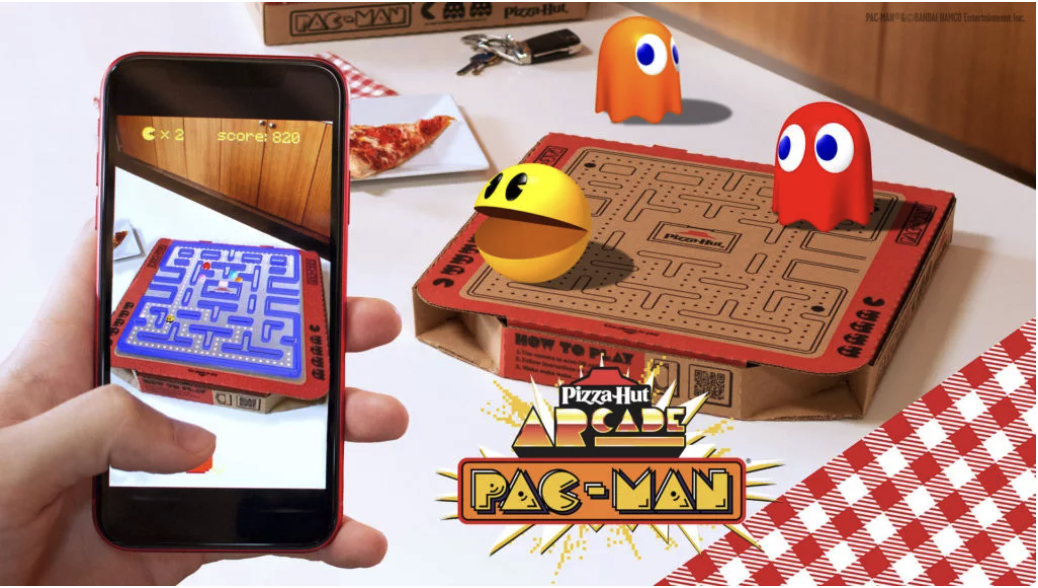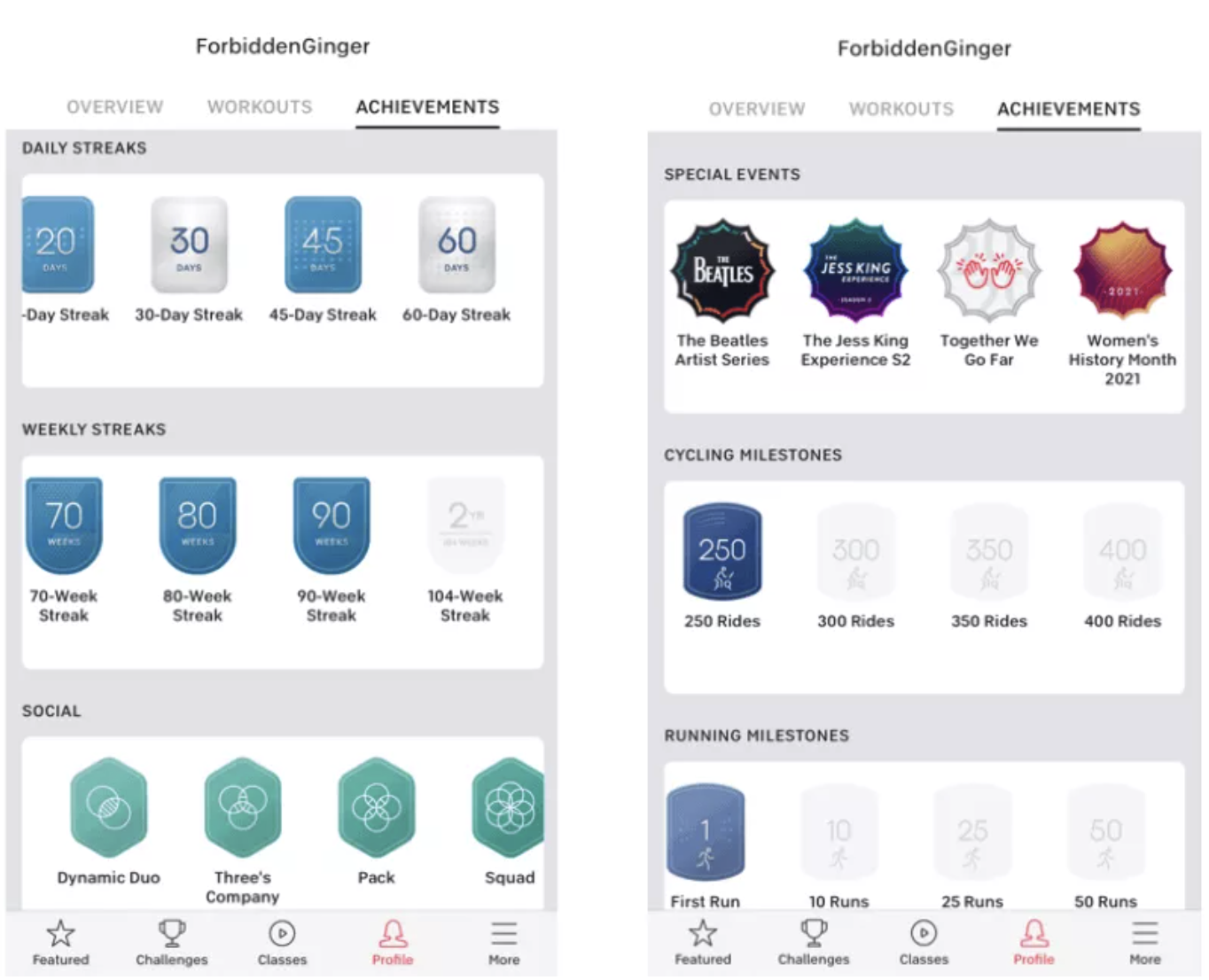 There’s a reason gamification has continued to be one of the marketing buzzwords you’re seeing everywhere. Because it works.
There’s a reason gamification has continued to be one of the marketing buzzwords you’re seeing everywhere. Because it works.
Gamification involves applying game mechanics, as easy as challenges, bingo cards, memory games, scratch-off, or spin-to-win, to marketing-driven outcomes such as visiting a website, watching a video, or interacting on a platform. In my article titled Actionable Strategies for Driving Customer Engagement: 4 Go Do’s, I discussed how gamification drives meaningful engagement when driven by a specific strategy or goal. While on the surface it appears to be a pleasant diversion, gamification is actually a powerful marketing tool based on human psychology.
“People like winning. It’s human nature. When you win, your brain releases dopamine which makes you feel happy. So when you use a game to reward completing a behavior, the dopamine reinforces that behavior and makes people want to complete that behavior over and over again,” says Todd McGee, CEO of CataBoom, a leading SaaS-based gamification platform. Working with clients such as Southwest, Dell, and Michaels, CataBoom is proof that gamification works with a 3X open and engagement rate on emails, 2X social media engagement rates, and 5X retention rates.
Take a second look at gamification through the lens of the examples below where brands leveraged game mechanics to achieve various marketing goals.
Goal: Driving Sales
While the pandemic has driven an increase in at-home dining, it has also spurred feelings of nostalgia among many customers for simpler times. Pizza Hut is leaning into both with their recently launched “Newstalgia” campaign. The arcade games you loved to play while waiting for your Personal Pan Pizza(R) made a comeback in the form of an AR Pac-Man game that you can play on your limited-edition pizza box. Players who shared their scores with Pizza Hut on Twitter were entered to win a custom Pac-Man game cabinet. Leveraging a game with a global brand recognition rate of 90% is creating much-needed at-home entertainment for Pizza Hut’s customers and driving sales. The game kicked off the brand’s year-long campaign that will see the return of many more beloved Pizza Hut icons of the 80s and 90s.

Goal: Reaching a larger audience
It wasn’t too long ago when luxury brands looked down on gamification as a kitschy marketing tactic that was misaligned with their elevated brand experience. Not anymore! Games have grown up and found their own personal style for brands such as Hermès, Louis Vuitton, Gucci and more. Italian fashion powerhouse Salvatore Ferragamo launched their spring/summer 2021 campaign via a custom game titled Enigma. Serenaded by soft piano music, players make their way through four beautifully animated activities, such as word searches and memory games, that highlight Ferragamo designs and are set in various iconic landmarks around Milan. The game helps Ferragamo to reach a broader and younger audience and provides a fun way to virtually shop the brand at a time when travel and Fashion Week are not possible.

Goal: Learning About New Products
Starbucks didn’t just celebrate Earth Day, they celebrated Earth Month with games designed to drive sustainable choices and promote the brand’s eco-friendly products. For every purchase during the month of April, Starbucks Rewards members earned one game play for a chance to win prizes such as free non-dairy drinks, a discount on select food items and reusable merchandise, or grand prizes such as eBikes, drinks for a year and more. Members earned additional game plays for foregoing plastic straws, trying meatless menu items and reading articles about food waste. With each level achieved in the Play + Plant puzzle game, members earned votes that were cast to choose which reforestation effort Starbucks will select for a donation of 250,000 trees. Facts and product features were sprinkled throughout the games to highlight Starbucks’ Planet Positive initiative and eco-friendly products like reusable drinkware made from recycled products.

Increasing Frequency:
This wouldn’t be an article about gamification without a nod to Peloton. Today’s exercise bikes are more or less a commodity and oftentimes a glorified laundry drying rack. But not Peloton. The key to Peloton’s success lies in the brand’s gamification of the user experience. Cyclists earn badges for milestones such as their 100th ride, celebrated with a shiny silver Century Club badge (digital, of course) and a free Peloton t-shirt (this one is not digital!). Take a look at some of my badges and milestones below (you are welcome to connect with me on Peloton! My leaderboard name is ForbiddenGinger because I picked a dish off the PF Chang’s menu in a moment of pique. True.)
Riders can also compete against one another in challenges and on leaderboards, and perhaps most addictively, complete “streaks.” A streak is an activity completed consecutively – in the case of Peloton, working out every day for 30 days, for example. The longer the streak is sustained, the greater the desire to keep the streak going. The power of streak psychology, plus the sense of community and achievement, help to create the habit of riding your Peloton. This, in turn, leads to continued use of your bike, the monthly paid subscription for access to classes, and of course, sharing your Peloton love with all of your friends. Who may go out and buy a bike themselves.

These examples of gamification, plus so many more that you’re seeing everywhere, prove that gamification is more than just the addiction and fun of Candy Crush. Gamification is about driving the right kind of engagement to achieve strategic goals.
—
Guest Author: Jenn McMillen
This article first appeared in www.customerthink.com
Seeking to build and grow your brand using the force of consumer insight, strategic foresight, creative disruption and technology prowess? Talk to us at +971 50 6254340 or engage@groupisd.com or visit www.groupisd.com/story
